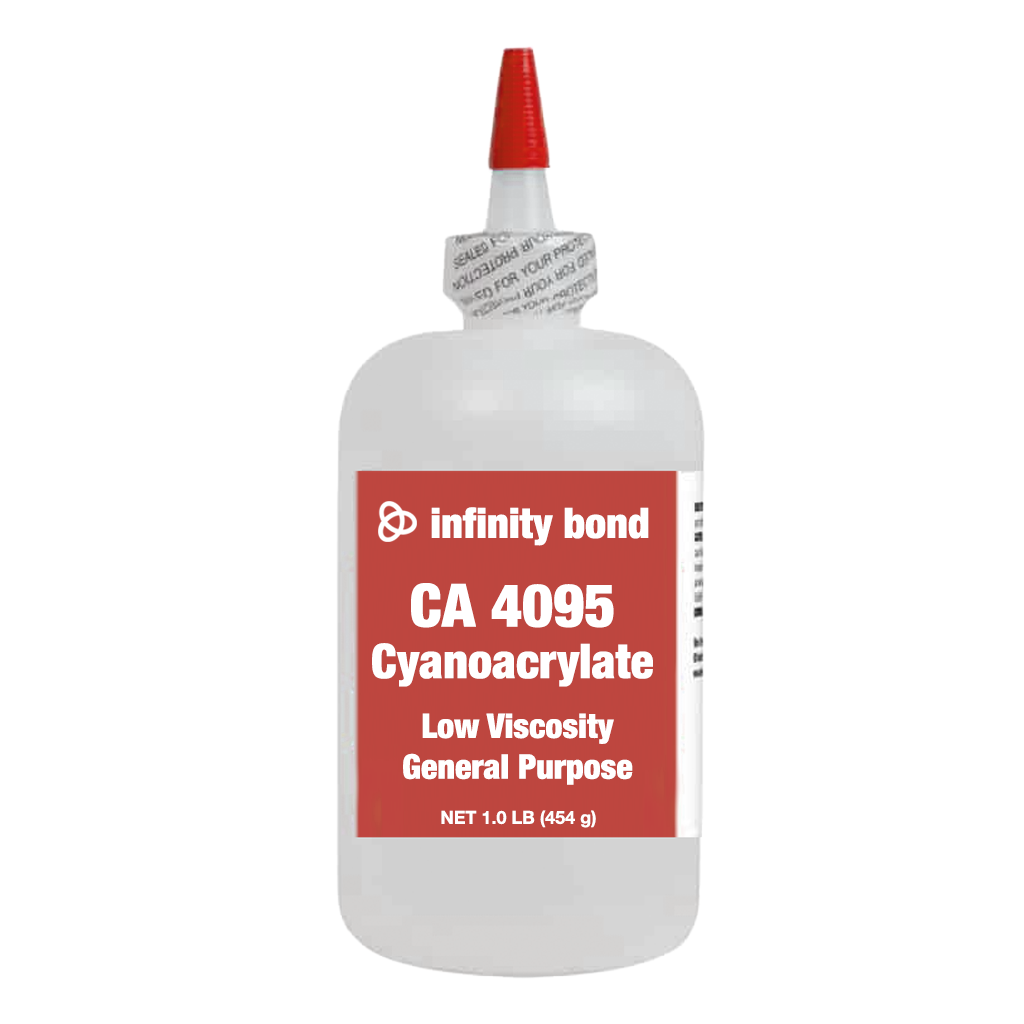

When using antimony-impregnated carbon, it’s important to select the proper counterface material for the antimony-impregnated carbon to run against. Without any micro-porosity, low viscosity oils have nowhere to seep into and cause blistering. Antimony actually expands as it solidifies, so there is essentially no micro-porosity upon curing. The same is true for most metal-impregnated grades-except antimony. Although the porosity formed from this shrinkage is small, it is large enough to allow for blistering in certain applications. Resin-impregnated carbon graphite grades contain some micro-porosity because thermal setting resin shrinks slightly when it cures. This expansion distorts an otherwise polished surface and forms blisters, which ultimately cause leakage paths to form. When oil seeps into the micro-porosity of the carbon and is heated, it can volatilize and expand rapidly. Blisters are irregularities in surface topography which form mainly in “stop-start” applications with low viscosity oils and some degree of thermal cycling. For this reason, counter faces should be as hard and smooth as possible.īlistering is another main cause of seal failure in low viscosity fluid applications. As an added benefit, antimony-impregnated carbons have a self-polishing characteristic, meaning they take on the surface finish of the harder counterface. Antimony-impregnated carbon graphite, specifically, has proven to be the ideal material for sealing low viscosity fluid applications.Īn antimony impregnation offers the stiffness required to prevent contact between the seal and its counterface. Metal impregnation of carbon graphite seals is the most effective method of addressing both issues simultaneously.

At high rotational speeds, any flexing of the seal can cause destructive contact between the seal and its counterface.

Most resin-impregnated carbon graphites do not have the dimensional stability to operate within such tight clearances. Low viscosity fluids form a very thin film, which forces the two sealing faces to run in very tight proximity.


 0 kommentar(er)
0 kommentar(er)
